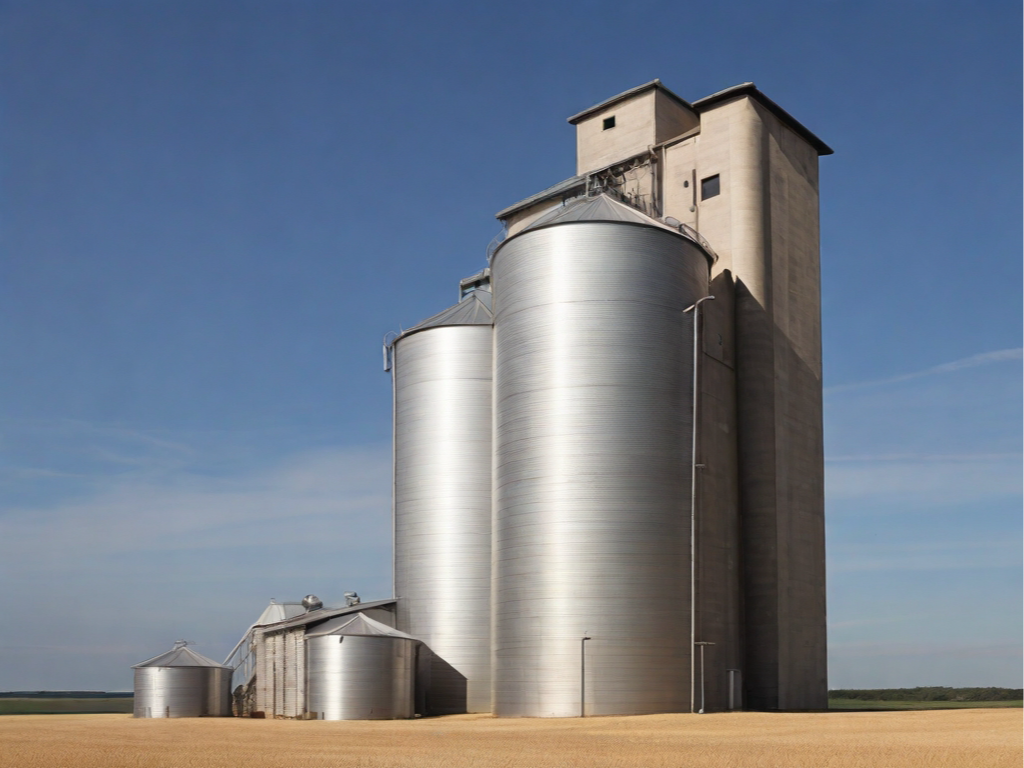When it comes to explosion protection in hazardous environments, understanding the differences between Class 1 Division 1 and Division 2 is crucial. At the Intrinsically Safe Store, we specialize in providing equipment and solutions designed to ensure safety in these challenging settings. In this article, we will delve into the specifics of these two classifications and the explosion protection techniques associated with each.
Understanding Class 1 Divisions
Before we delve into the specifics of explosion protection techniques, it’s essential to understand what Class 1 Division 1 and Division 2 entail. These classifications are part of the National Electrical Code (NEC) used in the United States to categorize hazardous locations where explosive atmospheres may occur.
- Class 1 Division 1 (C1D1): This classification applies to areas where explosive atmospheres are continuously present or occur frequently during normal operations.
- Class 1 Division 2 (C1D2): This classification is for areas where explosive atmospheres are not likely to occur during normal operations but may exist due to equipment failure or accidental release.
Explosion Protection Techniques in C1D1
In C1D1 environments, the risk of explosion is high, necessitating stringent protection measures. Here are some common techniques:
- Intrinsic Safety (IS): Devices limit the electrical and thermal energy in IS devices to levels below what’s required to ignite a specific hazardous atmospheric mixture. Designers engineer these devices to operate safely in explosive atmospheres, even in fault conditions.
- Explosion Proof (Ex d): Designers create Ex d equipment to contain an internal explosion without rupturing and to prevent the ignition of the surrounding atmosphere.
- Pressurization (Ex p): This technique involves maintaining a higher pressure inside the enclosure than the surrounding atmosphere to prevent the ingress of flammable gases or dust.

Explosion Protection Techniques in C1D2
While the risk in C1D2 areas is lower, adequate protection measures are still necessary. Some common techniques include:
- Non-Incendive (NI): Designers create NI equipment so that any arcs or sparks from its components will not ignite the surrounding atmosphere under normal operating conditions.
- Increased Safety (Ex e): Ex e techniques focus on preventing the occurrence of sparks, high temperatures, or other ignition sources through careful design and construction.
- Encapsulation (Ex m): This technique involves encapsulating the electrical components in a compound to prevent the ignition of the surrounding atmosphere.
Choosing the Right Protection Technique
Choosing the right explosion protection technique depends on several factors, including the nature of the hazardous area, the type of explosive atmosphere, and the specific requirements of the operation. At the Intrinsically Safe Store, we offer a wide range of products and solutions tailored to meet these diverse needs.
Class 1 Division 1 vs Division 2: Explosion Protection
Understanding the differences between Class 1 Division 1 and Division 2, and the associated explosion protection techniques, is crucial for ensuring safety in hazardous environments. Whether you’re dealing with a high-risk C1D1 area or a lower-risk C1D2 area, the right protection technique can significantly reduce the risk of explosion. For more information or to explore our range of safety solutions, contact us today.


